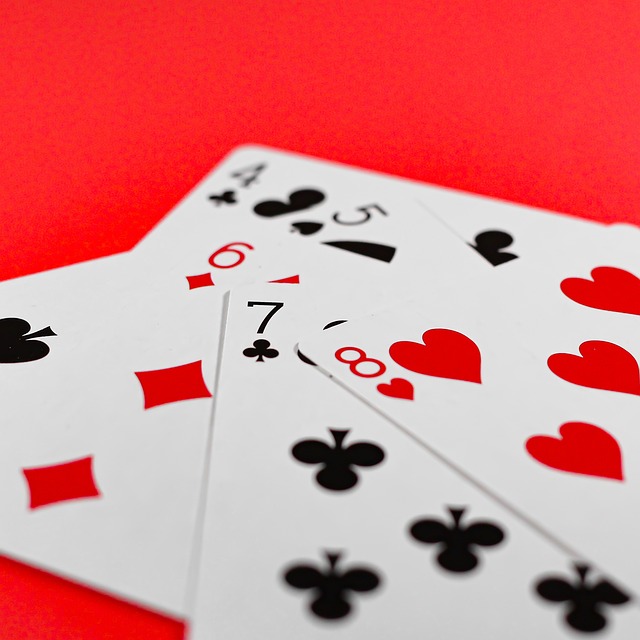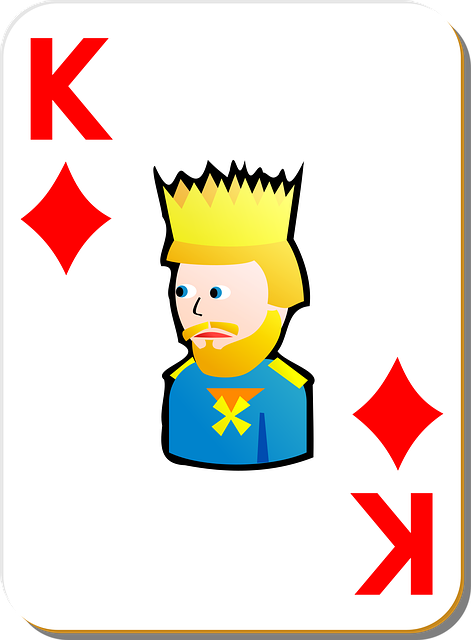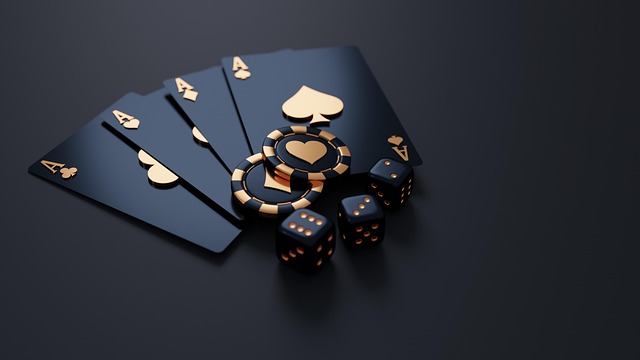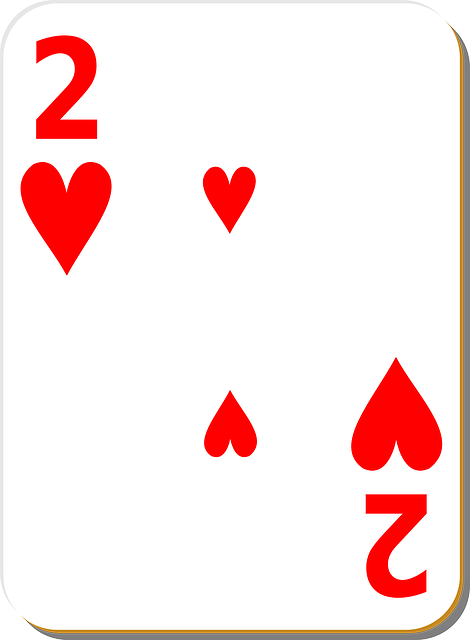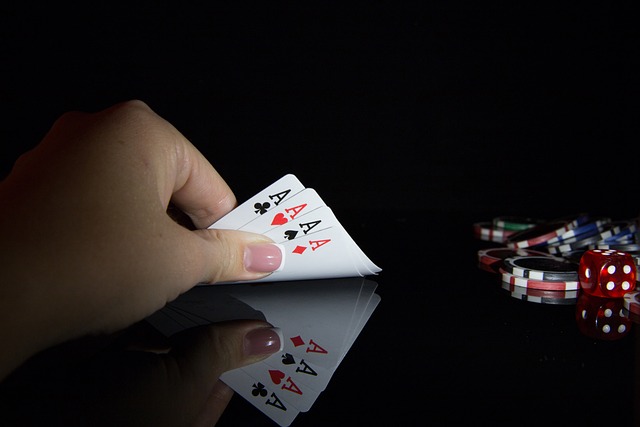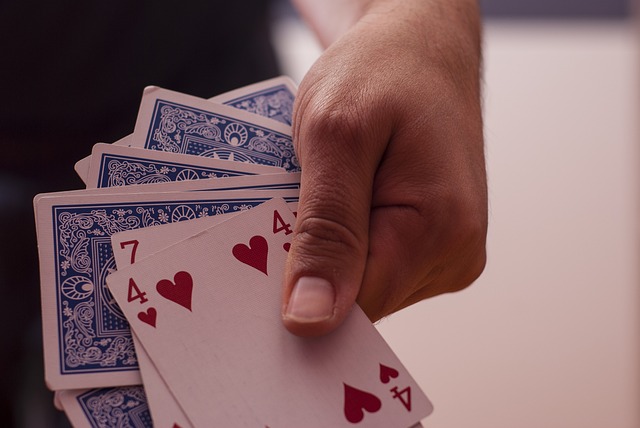Blackjack, or Twenty-One, is a card game balancing skill, strategy, and luck. Players aim to beat the dealer's hand by reaching 21 without going over. Key strategies include knowing when to hit (draw) or stand, tracking dealt cards for patterns, and understanding basic rules like insurance and splitting pairs. Effective play focuses on managing bets and minimizing losses over time, demonstrating blackjack's blend of skill and chance.
“Unleash your inner casino pro with our comprehensive guide on how to play blackjack. Discover the thrill of this classic card game, where strategy meets chance. From understanding the basic rules and objectives to mastering advanced strategies, we’ll equip you with the knowledge for success. Learn effective tips and best practices to enhance your gameplay. Elevate your blackjack skills and start winning like a seasoned player – all in under 80 words!”
- Understanding Blackjack Rules and Objectives
- Strategies for Success in Blackjack
- Playing Blackjack: Tips and Best Practices
Understanding Blackjack Rules and Objectives

Blackjack, also known as Twenty-One, is a card game that blends skill and strategy with luck. To master it, understanding the rules and objectives is key. The primary goal is to beat the dealer’s hand by getting a total card value of 21 or as close to it as possible without going over, often referred to as “busting.” Cards 2 through 10 have their face value, while Jacks, Queens, and Kings are valued at 10. Aces can be counted as either 1 or 11, depending on what benefits the player’s hand more.
The game is played with one or more decks of 52 cards. After each player places their bet, two cards are dealt face-up to each participant and one card face-down to the dealer, who reveals their upcard. Players then decide whether to “hit” for another card or “stand” if satisfied with their current total. The dealer must draw additional cards if their upcard is 16 or less; they stand on 17 or more. The winner is determined by comparing each player’s final hand against the dealer’s, with the highest total without going over winning the round.
Strategies for Success in Blackjack
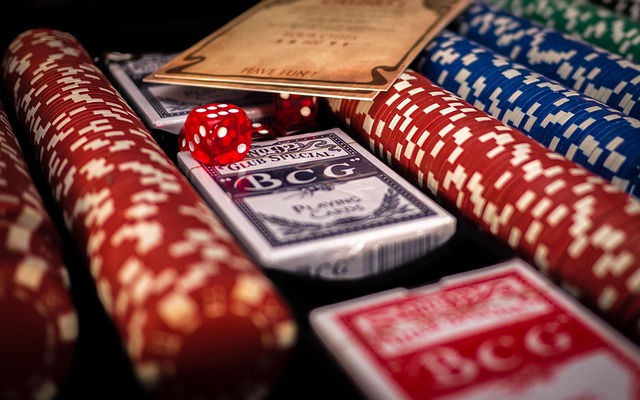
Strategies for Success in Blackjack
One key strategy in blackjack is understanding when to hit or stand. Hitting allows you to draw additional cards, aiming for a total closer to 21. Standing, on the other hand, means you’re satisfied with your current hand and don’t want any more cards. Mastering this decision-making process can significantly impact your odds of winning. Remember, the goal is to get as close to 21 as possible without going over—it’s not about beating the dealer, but outperforming your own hand.
Another effective approach is keeping track of cards dealt. The basic strategy involves counting high cards (7s, 8s, 9s, and 10s) as positive, and low cards (2s to 6s) as negative. This helps predict the dealer’s potential next move. For instance, if several high cards have been dealt recently, you might infer the deck is favorable for the player, encouraging more aggressive playing. Conversely, a pattern of low cards could signal a shift in advantage towards the dealer.
Playing Blackjack: Tips and Best Practices
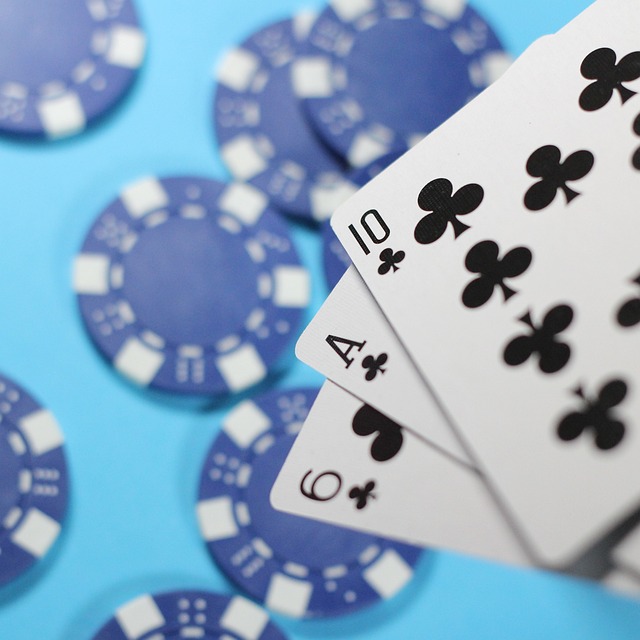
Playing Blackjack: Tips and Best Practices
When it comes to playing blackjack, understanding basic strategy is key. The objective is to get a hand total closer to 21 than the dealer’s without going over. Remember, in blackjack, your goal isn’t necessarily to win every single hand, but rather to maximize your winnings and minimize losses over time. A fundamental rule to follow is to hit if your total is less than 17 and stand if it’s 17 or higher—this simple guideline can significantly improve your odds. Always remember to keep an eye on the cards that have already been dealt in a shoe, as this information can influence your decision-making process.
Another important tip is to learn when to take insurance or split pairs. Insurance is a side bet that pays out 2:1 if the dealer has a blackjack—a rare but powerful hand. Splitting pairs allows you to separate two cards of the same value, effectively giving you two separate hands, which can be advantageous if one hand is strong and the other is weak. Additionally, knowing when to double down can be a game-changer. Doubling down lets you double your bet after receiving your first two cards, which is a strategic move when you have a good chance of winning. It’s all about making informed choices and staying calm under pressure.
Blackjack, a captivating card game, combines skill, strategy, and a touch of luck. By understanding the rules, adopting effective strategies, and practicing proven tips, you can significantly enhance your chances of success at the table. Remember, in blackjack, knowledge is power, so keep learning, stay focused, and enjoy the thrill of this iconic game.
